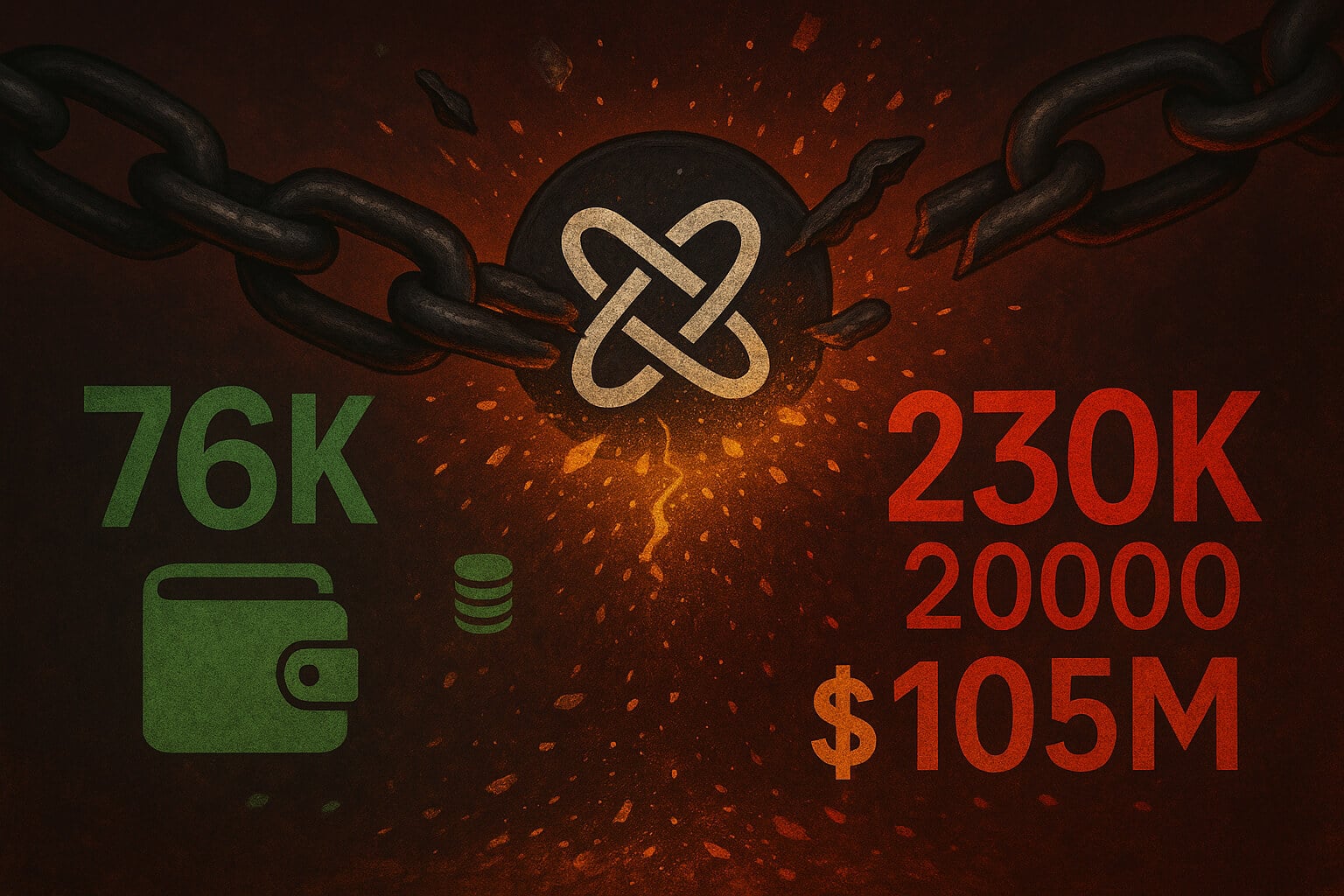Have you ever heard of yield farming and wondered what all the buzz is about? Yield farming has taken the crypto world by storm, offering investors an opportunity to earn high rewards by lending or staking their crypto assets. In this guide, we’ll break down the concept of yield farming, explain how it works, and show you how to get started.
What is Yield Farming?
Yield farming, also known as liquidity mining, involves lending or staking cryptocurrency in decentralized finance (DeFi) protocols to earn returns or rewards. These returns come from interest, fees, or newly issued tokens provided by the DeFi platform.

How Does Yield Farming Work?
Yield farming works by providing liquidity to DeFi platforms, which in turn reward participants with tokens or interest. Here’s a simplified breakdown of the process:
- Choose a DeFi Platform: Select a decentralized finance platform like Uniswap, Aave, or Compound, where you can lend or stake your crypto assets.
- Provide Liquidity: Deposit your cryptocurrency into the platform’s liquidity pool. These pools facilitate trading, borrowing, and lending activities within the platform.
- Earn Rewards: In return for providing liquidity, you’ll earn rewards. These can be interest payments, a share of transaction fees, or governance tokens issued by the platform.
Benefits of Yield Farming
Yield farming offers several enticing benefits:
- High Returns: Potential to earn significantly higher returns compared to traditional investments.
- Passive Income: Generate income without actively trading.
- Access to New Tokens: Earn new and emerging tokens as rewards, which could increase in value.

Risks of Yield Farming
While the rewards can be substantial, yield farming comes with its share of risks:
- Market Volatility: Crypto prices can be highly volatile, affecting the value of your assets and rewards.
- Smart Contract Vulnerabilities: DeFi protocols rely on smart contracts, which can be prone to bugs and exploits.
- Impermanent Loss: When providing liquidity, you might face impermanent loss if the value of your deposited assets fluctuates significantly.
How to Get Started with Yield Farming
Getting started with yield farming involves a few key steps:
- Research and Choose a Platform: Thoroughly research and select a reputable DeFi platform. Consider factors like security, user reviews, and the potential returns offered.
- Set Up a Crypto Wallet: You’ll need a compatible crypto wallet to interact with DeFi platforms. Popular options include MetaMask, Trust Wallet, and Coinbase Wallet.
- Deposit Funds: Transfer your cryptocurrency to the DeFi platform’s liquidity pool. Make sure you understand the platform’s requirements and the type of rewards you can earn.
- Monitor and Optimize: Keep track of your investments and rewards. Adjust your strategy as needed to maximize returns and mitigate risks.
Internal Links:
- Top DeFi Platforms for Yield Farming
- How to Choose the Best Crypto Wallet
- Understanding Impermanent Loss in Yield Farming
Yield farming can be a lucrative way to earn crypto rewards, but it’s crucial to understand the process and the associated risks. By choosing reliable platforms, securing your assets, and staying informed, you can maximize your earnings in the exciting world of DeFi. For more insights and updates on yield farming and other crypto opportunities, follow us on our social media channels. Join our communities on Twitter and Telegram to stay connected and learn from fellow enthusiasts.
FAQs
- What is the minimum amount required for yield farming?
- The minimum amount varies by platform and asset, but some platforms allow you to start with as little as $10 worth of cryptocurrency.
- Can I lose money in yield farming?
- Yes, yield farming involves risks such as market volatility, smart contract vulnerabilities, and impermanent loss. Always research and understand these risks before investing.
- Is yield farming suitable for beginners?
- Yield farming can be complex and may not be suitable for absolute beginners. It’s recommended to start with smaller amounts and gain experience before committing significant funds.















